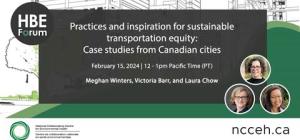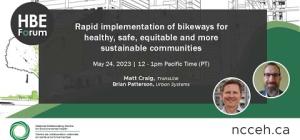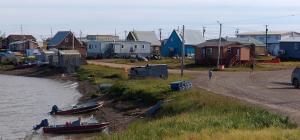
Sea level rise and public health implications

Sea level rise can cause a range of physical impacts on the built environment, with potential damage, loss, or change to coastal ports, critical infrastructure, private dwellings, transport routes, sea defences, industry, waste management sites, water and wastewater treatment facilities, food-growing areas, and more. These may result in acute impacts for the community such as temporary displacement, property damage, exposure to pollutants and pathogens, drowning, or injury. Longer-term community impacts may include permanent displacement, loss of employment, lack of adequate sanitation, exposure to pollutants from contaminated land or water (resulting from flooding, pollution or salt water intrusion), and changes to the composition of the natural environment. Collectively, sea level rise can thus contribute to adverse impacts on the physical health (e.g., injury, illness, malnutrition) and the mental health (e.g., anxiety, depression, post-traumatic stress disorder) of community members, yet health considerations are not often included in adaptation planning for sea level rise. Greater understanding of the public health impacts of sea level rise in Canada, and how the impacts are addressed in current community-based tools such as local Climate Change Adaptation Plans (CCAPs), could help inform future action to protect public health.
About the project
This project is delivered by CLIMAtlantic, in partnership with the NCCEH. We aim to gather and synthesize information on the public health risks associated with sea level rise, and to review approaches for integrating public health-driven mitigation measures into adaptation plans for impacted communities. The findings will be used to examine how public health perspectives can be used to communicate risks and identify adaption measures to reduce the adverse health impacts of sea level rise in the most vulnerable communities. The target audience for the outputs of this project include: public health practitioners, health authorities, impacted communities, and provincial and municipal climate change adaptation leaders. The project reports and other outputs are posted on this page as they become available.
Project outputs
A synthesis of project findings: Sea level rise and public health implications
Glossary of terms
Commonly used terms and acronyms used across the project reports.
 Overview of Canadian communities exposed to sea level rise (Wade, CLIMAtlantic, Aug 2022)
Overview of Canadian communities exposed to sea level rise (Wade, CLIMAtlantic, Aug 2022)This report provides an overview of Canadian communities most at risk from exposure to sea level rise. The geographical parameters of the study include the coastal areas of Atlantic Canada, Canada’s North, and British Columbia, including Indigenous coastal and island communities at risk. Sea level rise projections are discussed based on “worst case scenario” as provided in the IPCC’s Fifth Assessment Report (IPCC AR5) focusing on the RCP8.5 scenario for 2100.
 Health risks associated with sea level rise (Wade, CLIMAtlantic, Nov 2022)
Health risks associated with sea level rise (Wade, CLIMAtlantic, Nov 2022)This review summarizes the available evidence on the impacts on human health and well-being that may be driven by sea level rise. This information is intended to assist public health professionals and others involved in climate change adaptation to better incorporate health considerations into adaptation planning for affected coastal communities.
This report provides a review of a desktop scan of CCAPs for communities identified in “Overview of Canadian communities exposed to sea level rise” to assess if and how public health considerations have been incorporated into CCAP actions for vulnerable communities.
This report identifies the key public health priorities and types of adaptation measures for communities likely to be impacted by sea level rise, and identify knowledge gaps and areas for further research. The report includes input from focus group discussions and interviews from Atlantic Canada, Canada’s North, and BC, including impacted Indigenous communities.
About the authors

CLIMAtlantic is a climate services organization providing and facilitating access to and understanding of climate change projections, data, and adaptation in the Atlantic Canadian region.
Tracey Wade, RPP, MCIP is a professional planner working in areas of climate change, health, food security, recreation, and land use policy, specializing on the intersection of these overlapping issues in rural and small town communities.








